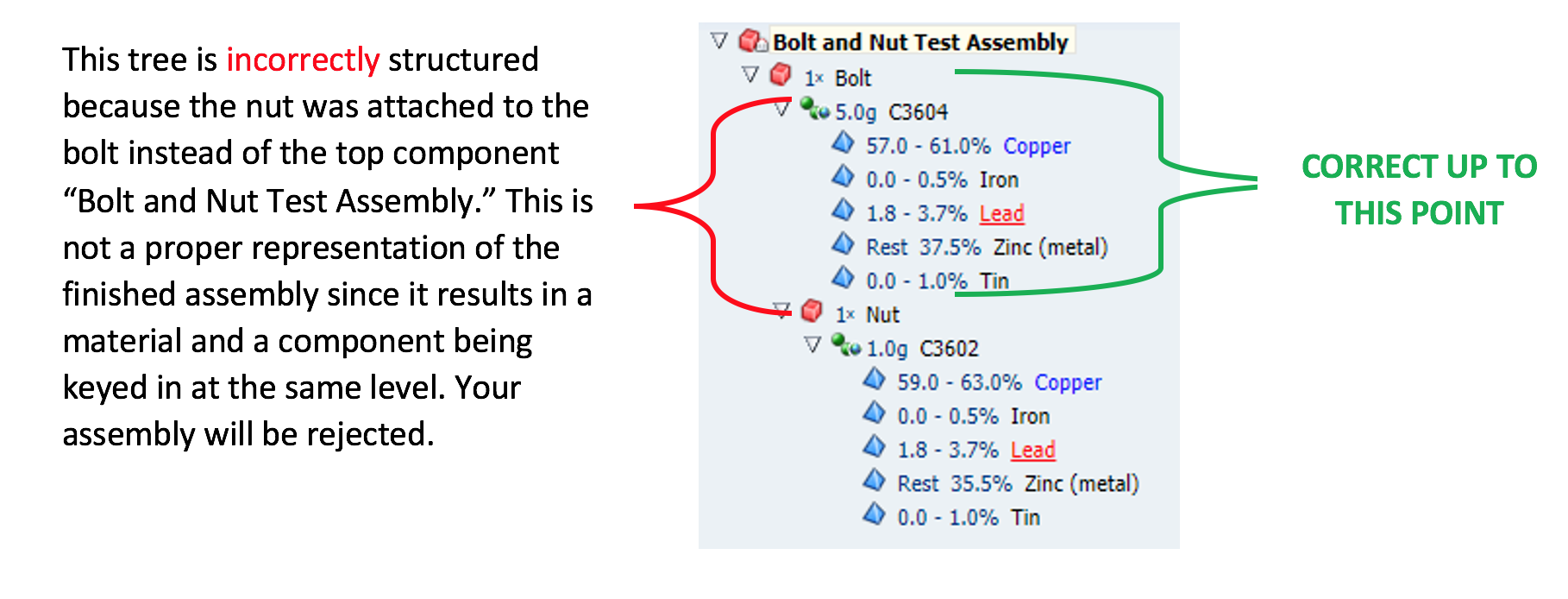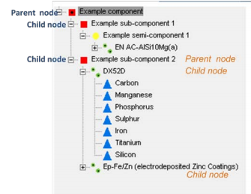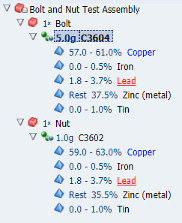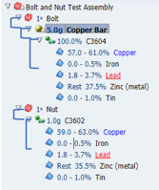Common International Material Data System (IMDS) rejections threaten to keep your products — and your customer’s — from remaining market-compliant. With a complex system and even more complex regulatory needs, IMDS rejections can be confusing and time-consuming to address. From using incorrect materials to building an assembly tree without the proper hierarchy, there are a multitude of reasons why your submission may be rejected. Knowing how to prevent these common mistakes will increase the chances of your submission’s acceptance.
To ensure consistent reporting in the automotive industry, the IMDS Steering Committee requires suppliers to follow several general rules and guidelines set forth in IMDS Recommendation 001 (REC 001). These rules are available in the Help section of the IMDS website, and they require a thorough understanding to guarantee your submitted parts and assemblies are not rejected. This knowledge will not only speed up your data entry and increase reporting efficiency, but it will also increase customer satisfaction.
Gain greater confidence and accuracy in IMDS! Read below for the fourth of a five-part series for one of the most common IMDS rejection reasons — and its solution.
IMDS Rejection #4: Building MDS Trees That Do Not Follow the Proper Tree Hierarchy
Incorrect tree hierarchy is a common mistake, especially for novice IMDS users. IMDS gives you some freedom when creating your assembly or part trees while providing guardrails to help with data accuracy. You still need to be careful to attach the multiple constituents following a logically prescribed scheme.
When keying in a long bill or material, for example, you might have entered several child component nodes properly by attaching a material to them. But if you forget to click on the top-level component (the parent component node) to attach a new child component node to the tree, it is easy to mistakenly add this node on the same level as a material. This is incorrect and will trigger a rejection.

EXAMPLE OF AN INCORRECT TREE STRUCTURE
THE FIX
REC 001 (see sections 4.1 through 4.2.1) provides a detailed illustrated guide on how to build correct MDS tree structures using the different MDS building blocks available (i.e., components, sub-components, semi-components, materials and unique substances).

Partial reproduction of REC 001, p.6 “Figure 2 – Sample MDS” – the approved
and prescribed template for proper tree structure
Let us first review the definitions of the different datasheet types (aka IMDS building blocks):

Basic Substance – Already loaded in IMDS:
- All known elements and chemicals identified with a unique CAS#.
- Also includes “pseudo-substances” associated with polymeric materials for which no specified CAS# is necessary, i.e. PP, ABS, PET, etc.
IMPORTANT: The creation of a new basic substance is not permitted or functionally possible in IMDS; you will need to contact the DXC.Technology IMDS Service Center to make a request.

Material – Raw, nonfunctional materials; composed of basic substances:
- Can be created “internally” by companies, submitted by your supplier or “published” in IMDS (such as by the IMDS-Committee).
- Examples of materials: steel, brass, rubber, adhesive, epoxy, coating.
IMPORTANT: As discussed in IMDS Rejection #2: (add URL), if available, IMDS-Committee published metals must be used by default.

Components – Functional part or assembly within a product; those have a defined weight when manufactured by suppliers and as incorporated into the next assembly step by the customer; created from one or more materials that define(s) the weight of the part (10 g bolt = 10 g steel).
- Examples: clip, grommet, bolt, seat assembly, engine assembly.

Semi-component – this is NOT a “sub-component” in IMDS; it is a functional part within a product; final weight in an assembly is only defined when it is further processed to size by the customer, not the supplier; it is created from one or more materials (e.g., roll of tape, roll of Velcro, spool of electrical wire).
Components and subcomponents can therefore be structured as follows (keep in mind that a semi-component always needs to be attached to a component when included in an assembly):

As shown in the incorrect tree structure at the beginning of this article, these building blocks cannot all be entered at the same level. The tree structure needs to follow a clearly established scheme. It is therefore necessary to constantly refer to REC 001 when building your tree.
Here is what the “Bolt and Nut Test Assembly” tree should look like:

CORRECT TREE STRUCTURE
The above structure assumes you are using a pre-manufactured and passthrough bolt. If you manufacture the bolt from C3604 bar stock, which is a semi-component, you need to reflect this in your assembly tree. Again, following the hierarchy set forth in REC 001, here is what your tree should look like when using a semi-component:

CORRECT TREE STRUCTURE USING A SEMI-COMPONENT

Beyond this common IMDS rejections, there are many more to be aware of.
- IMDS Rejection #1: The Provided Material Data Sheet (MDS) Lists an Incorrect Description or Part/Item Number
- IMDS Rejection #2: Failure to Use IMDS Committee Published Materials When Creating Entries with Metals, Platings or Passivation Coatings
- IMDS Rejection #3: Creating or Using a Polymer Entry Composed of Only One Substance
- IMDS Rejection #5: A Weight Variance Between Measured Weight and Calculated Weight
For further support with IMDS rules and reporting guidelines, including overcoming common IMDS rejections, consider our online IMDS trainings, which will provide you and your team with the expertise needed to achieve seamless quality compliance reporting. You can also reach out to Tetra Tech’s expert IMDS team for further guidance.






